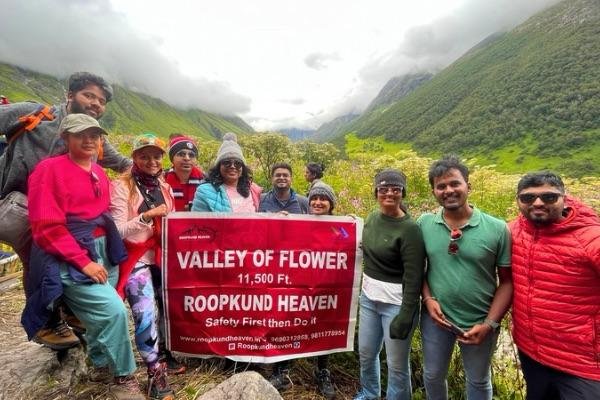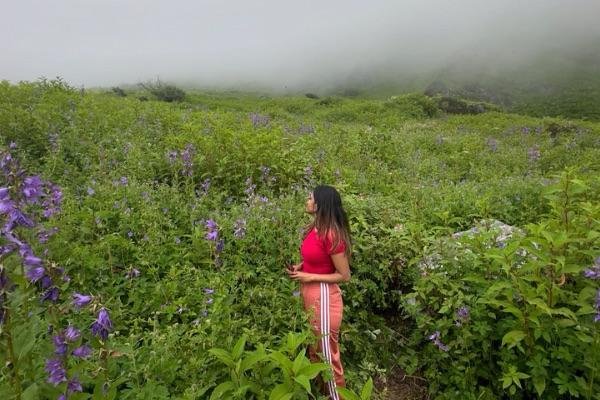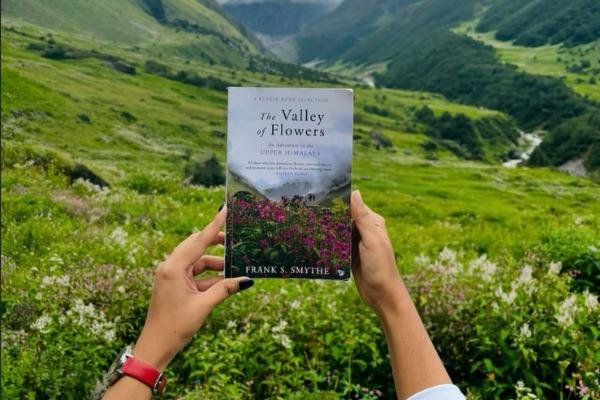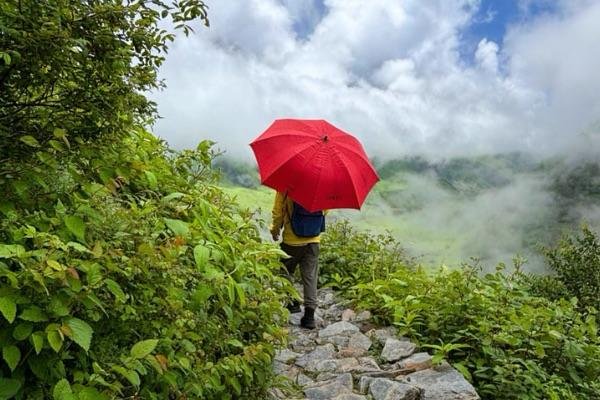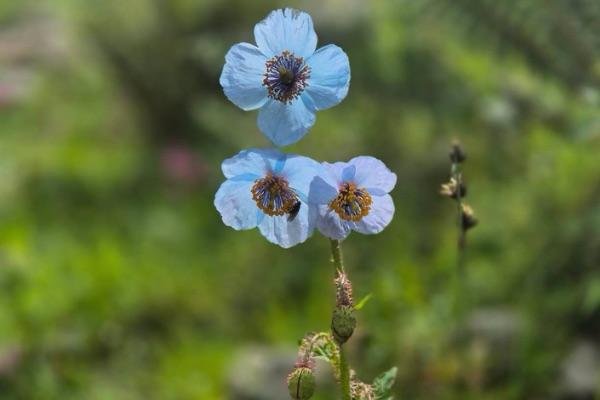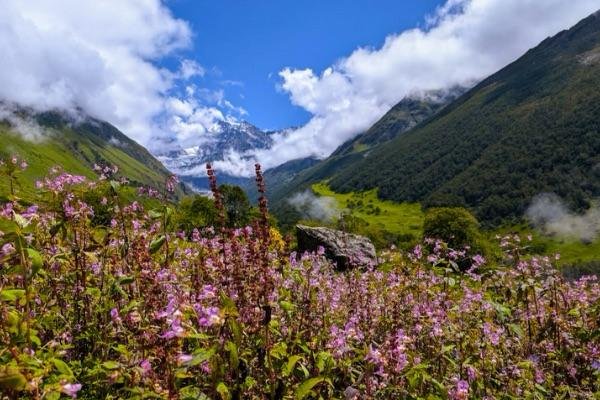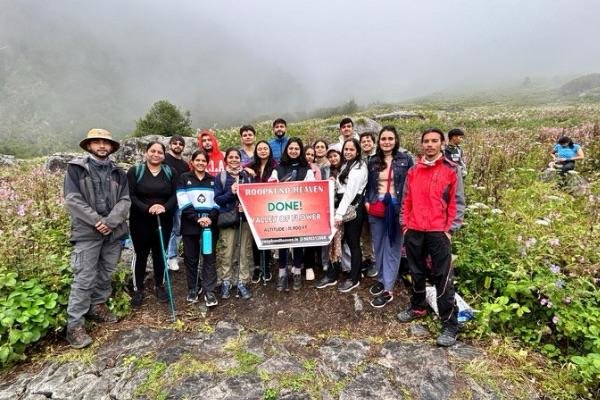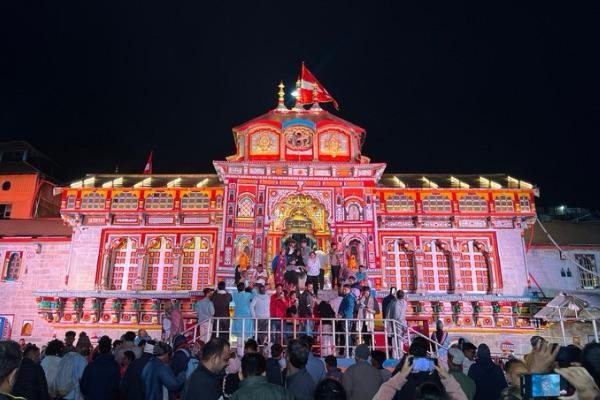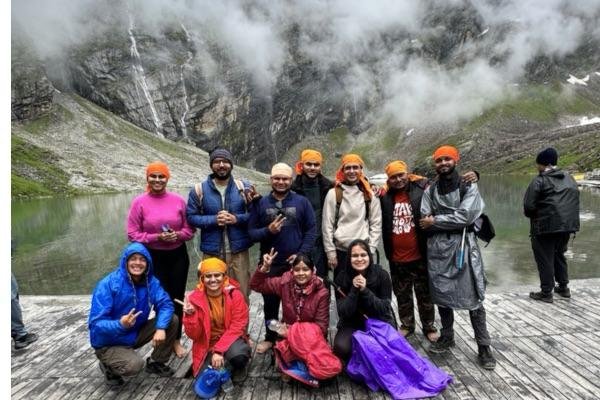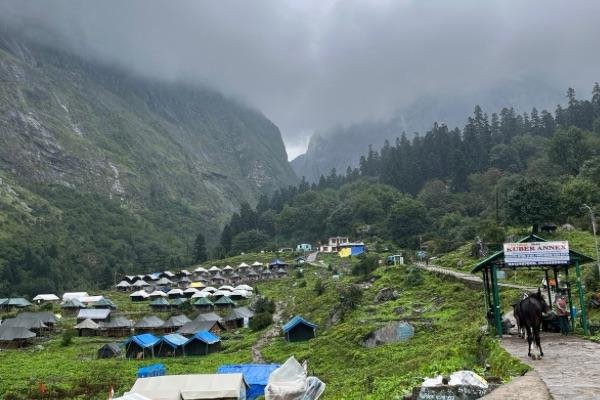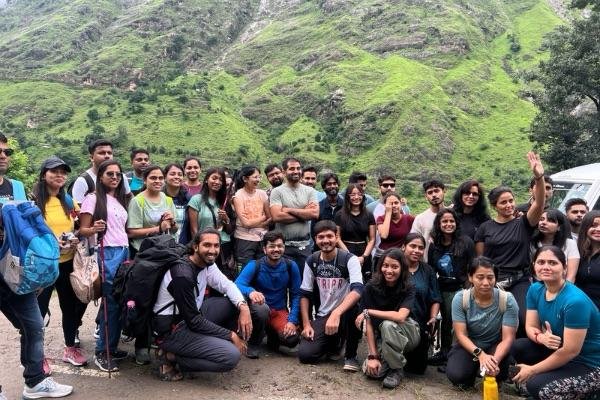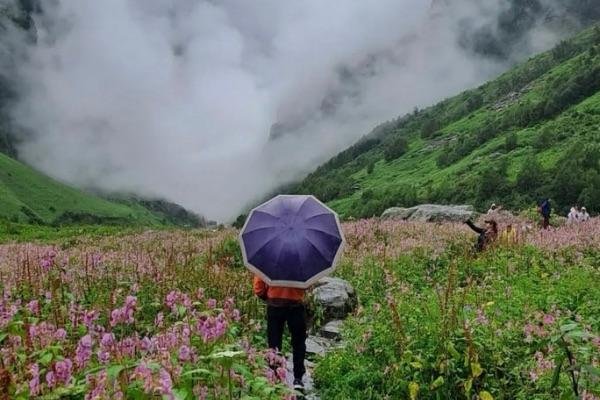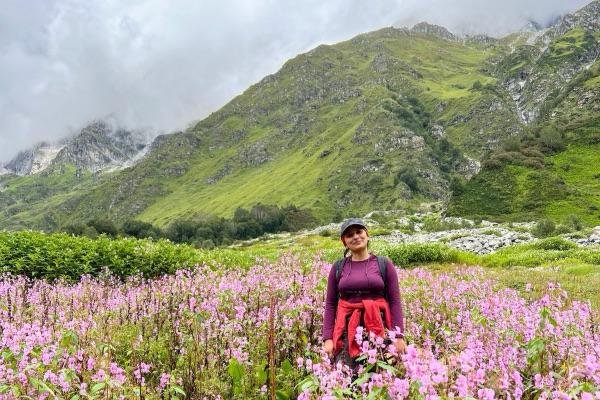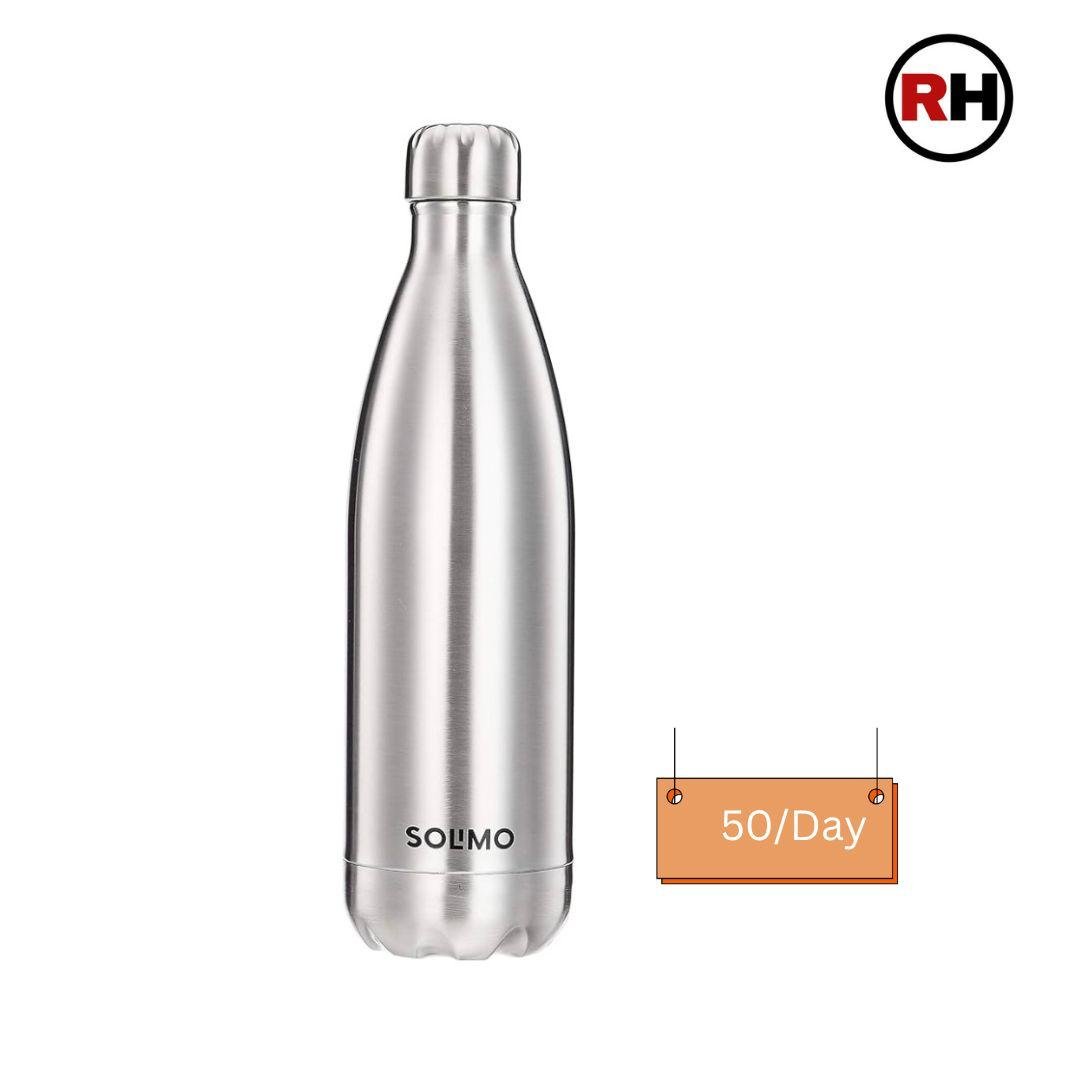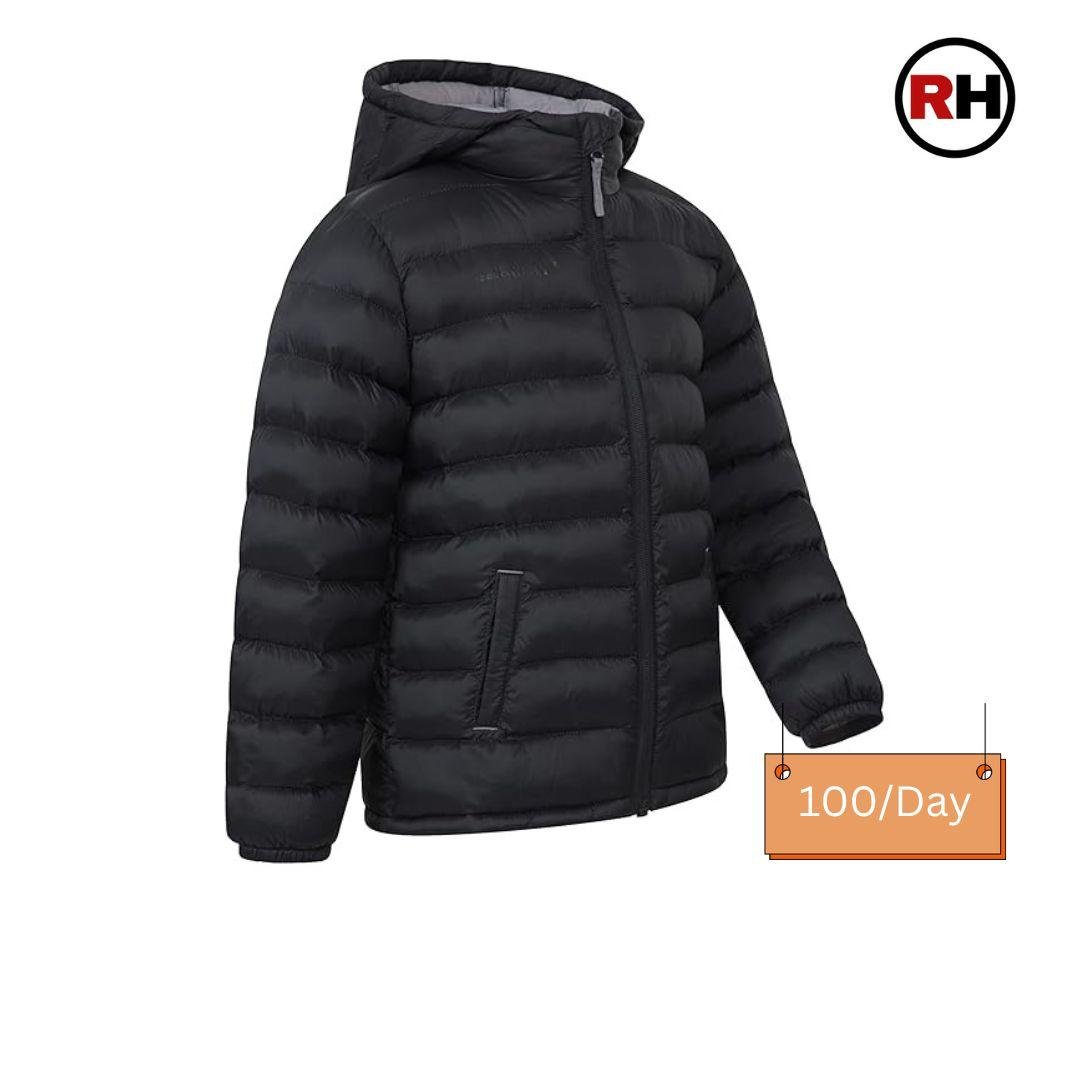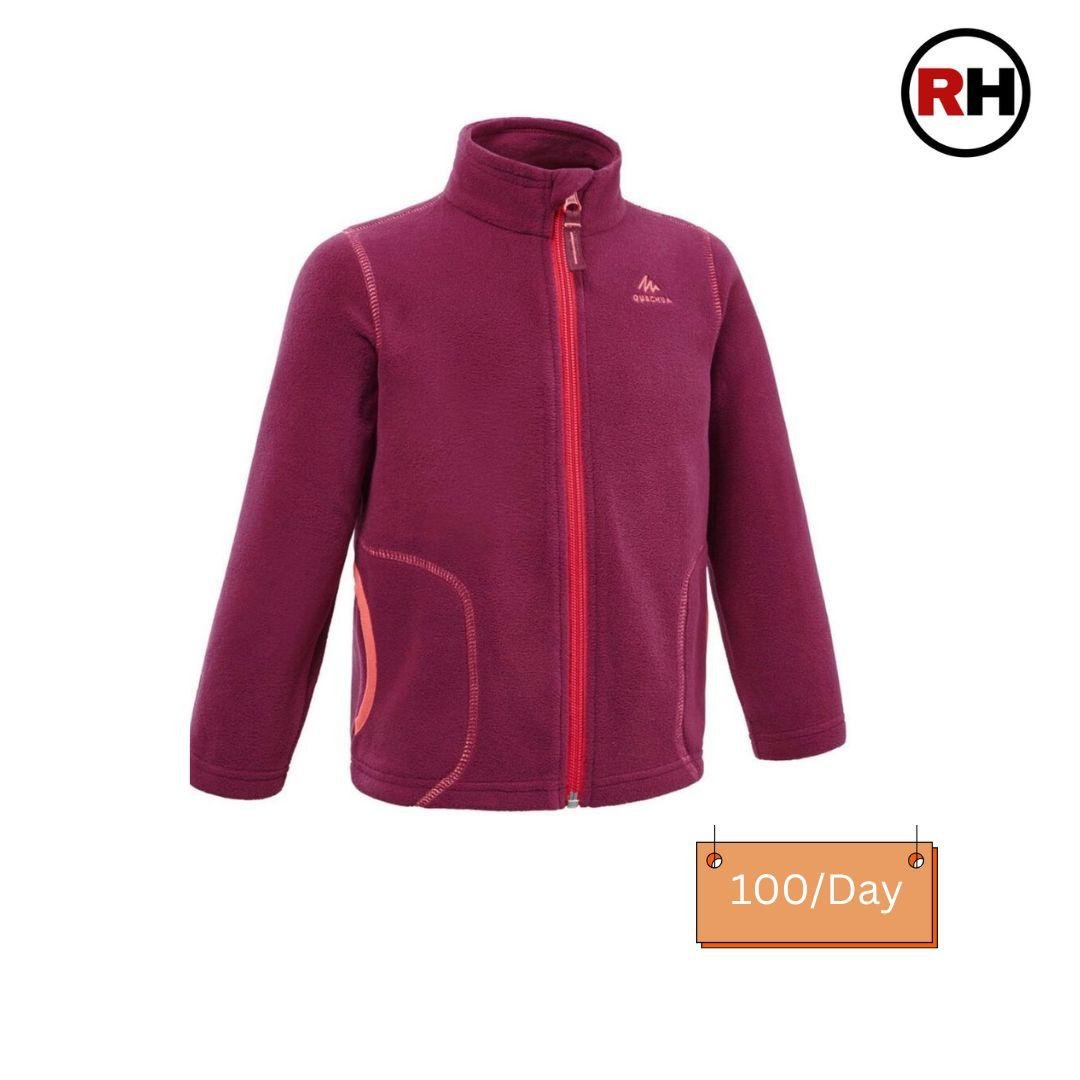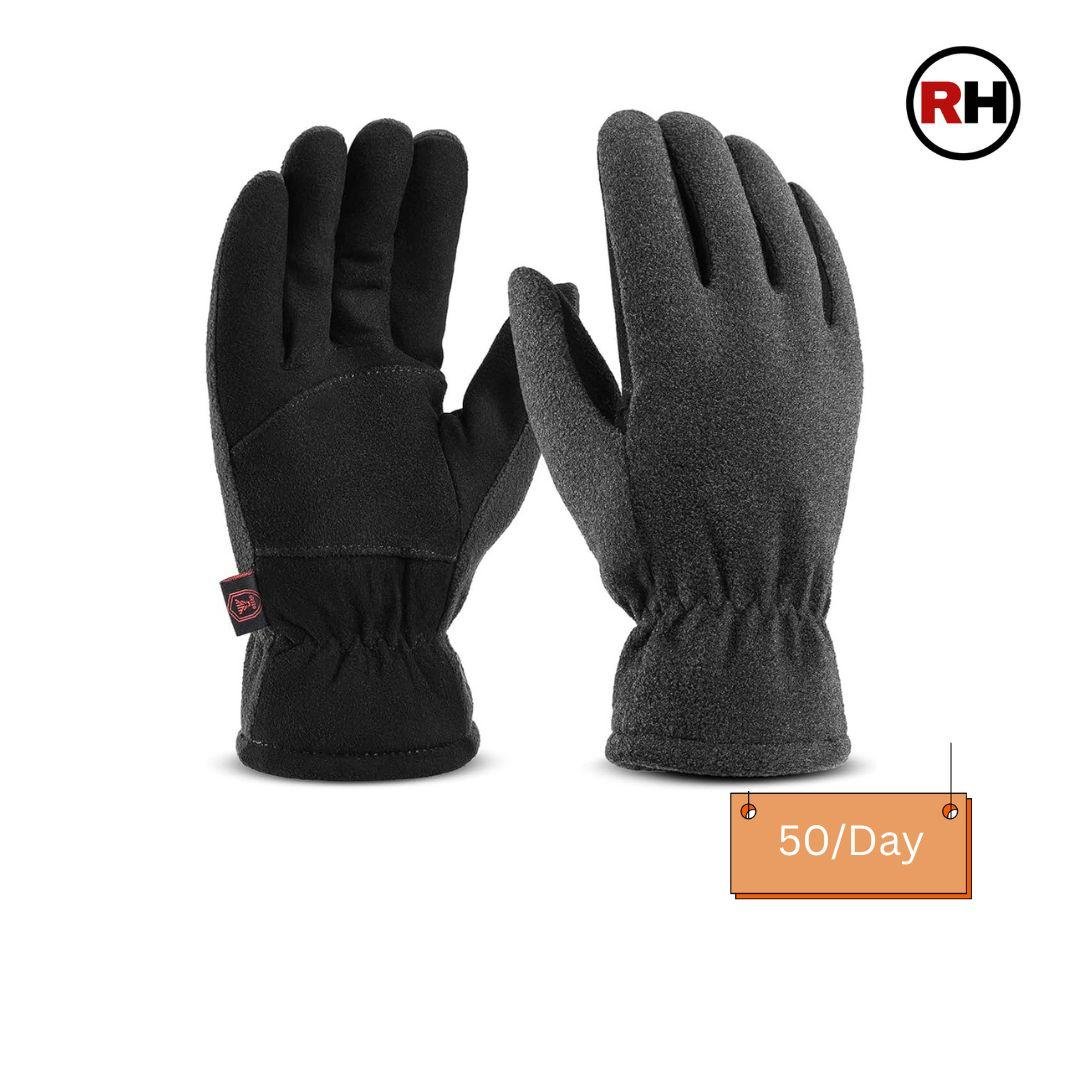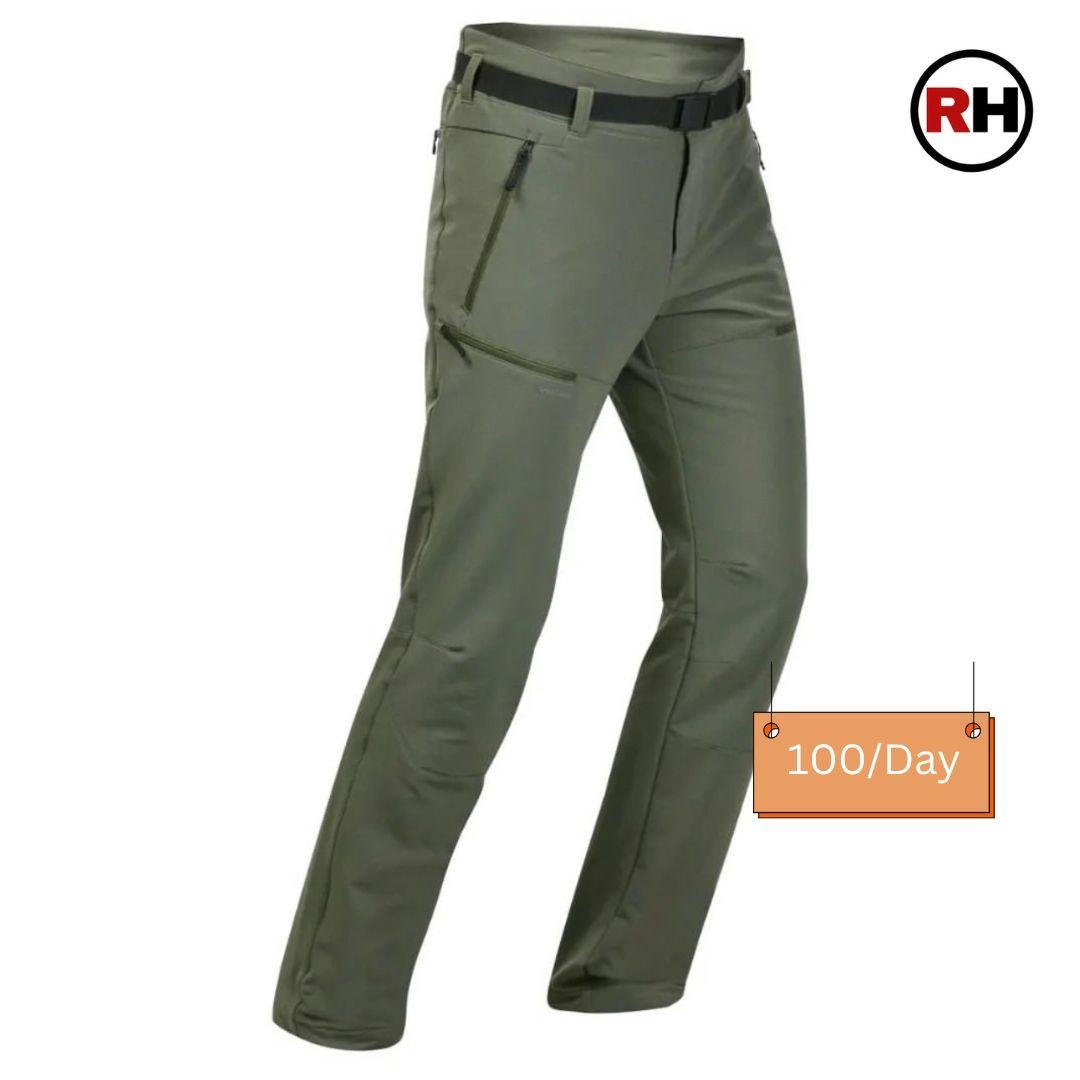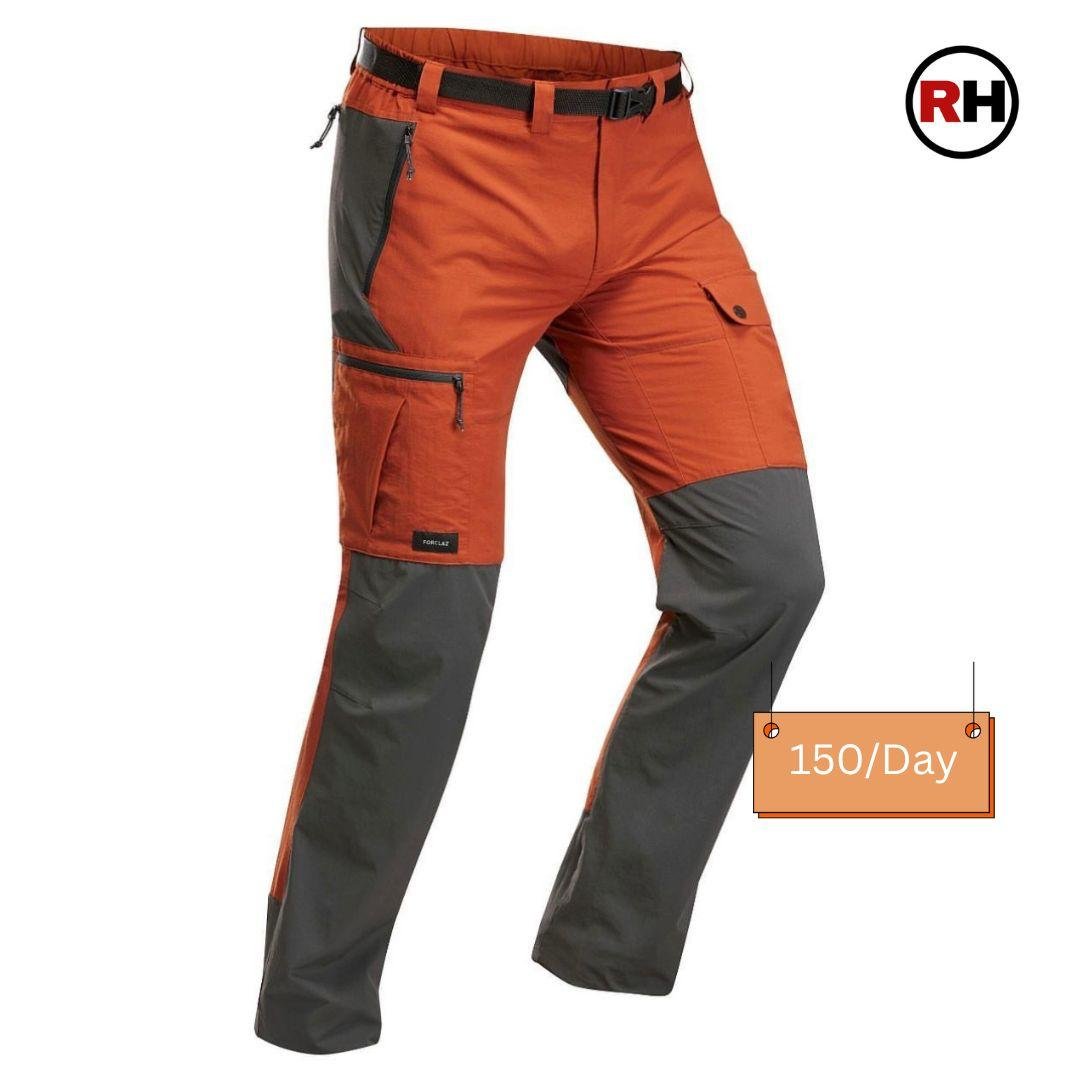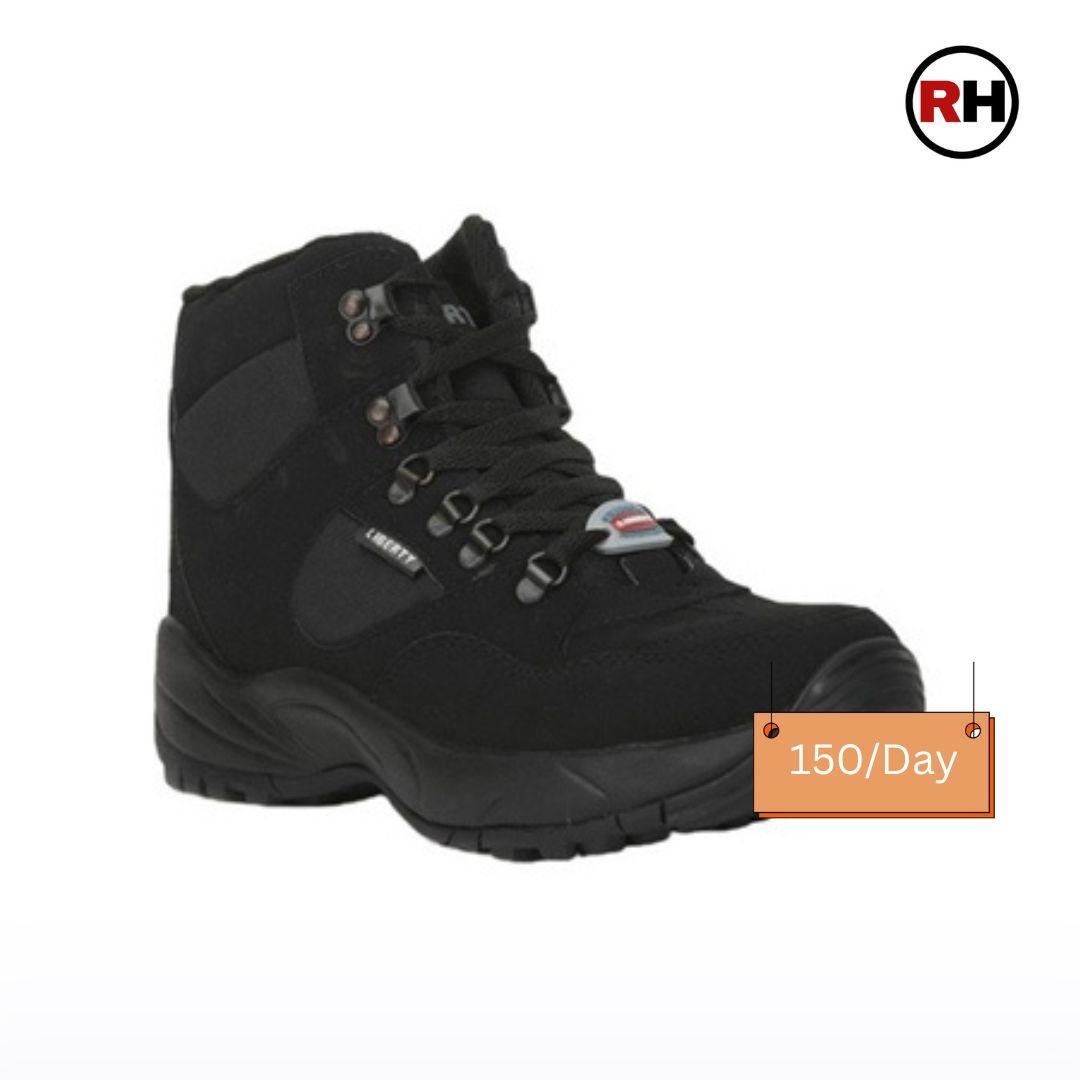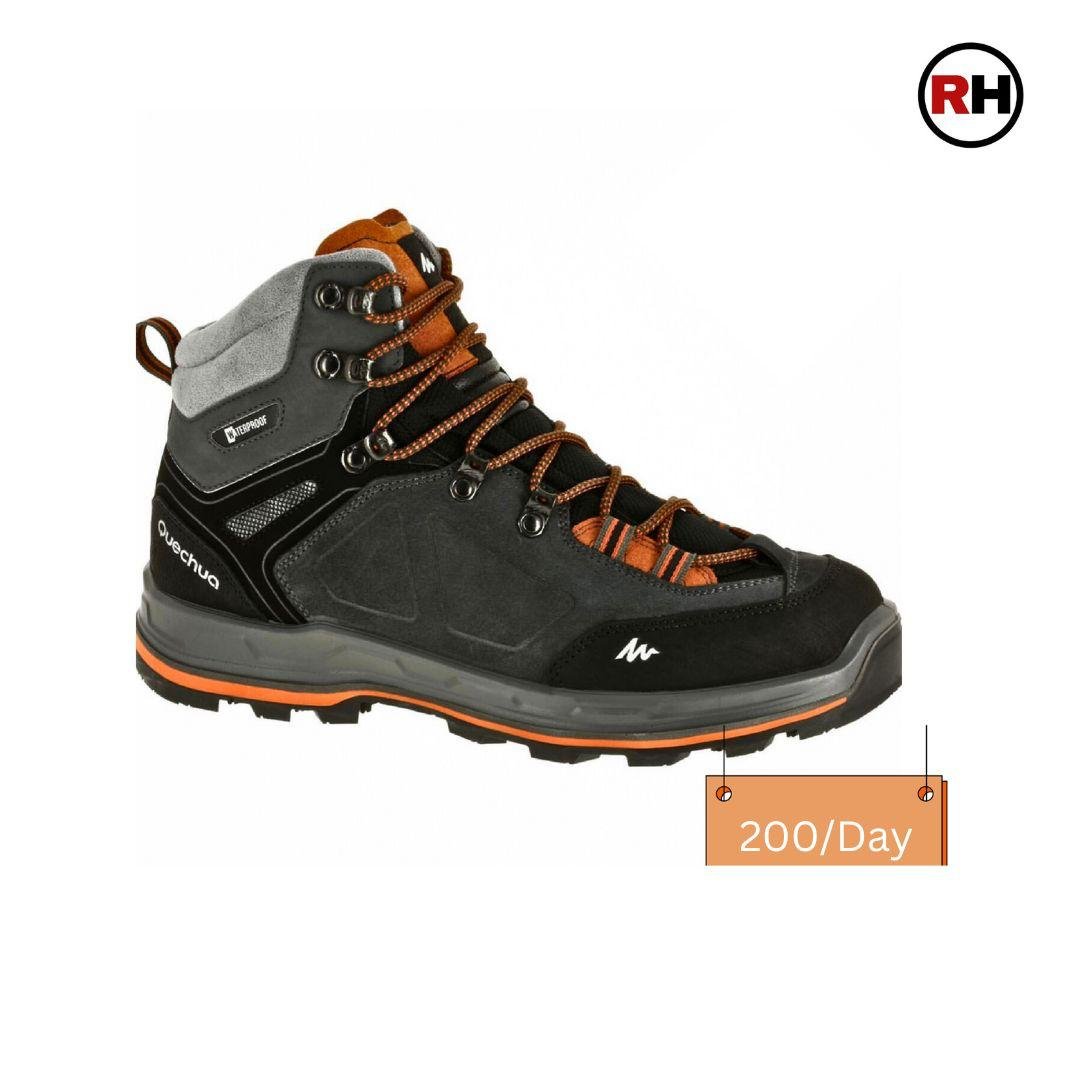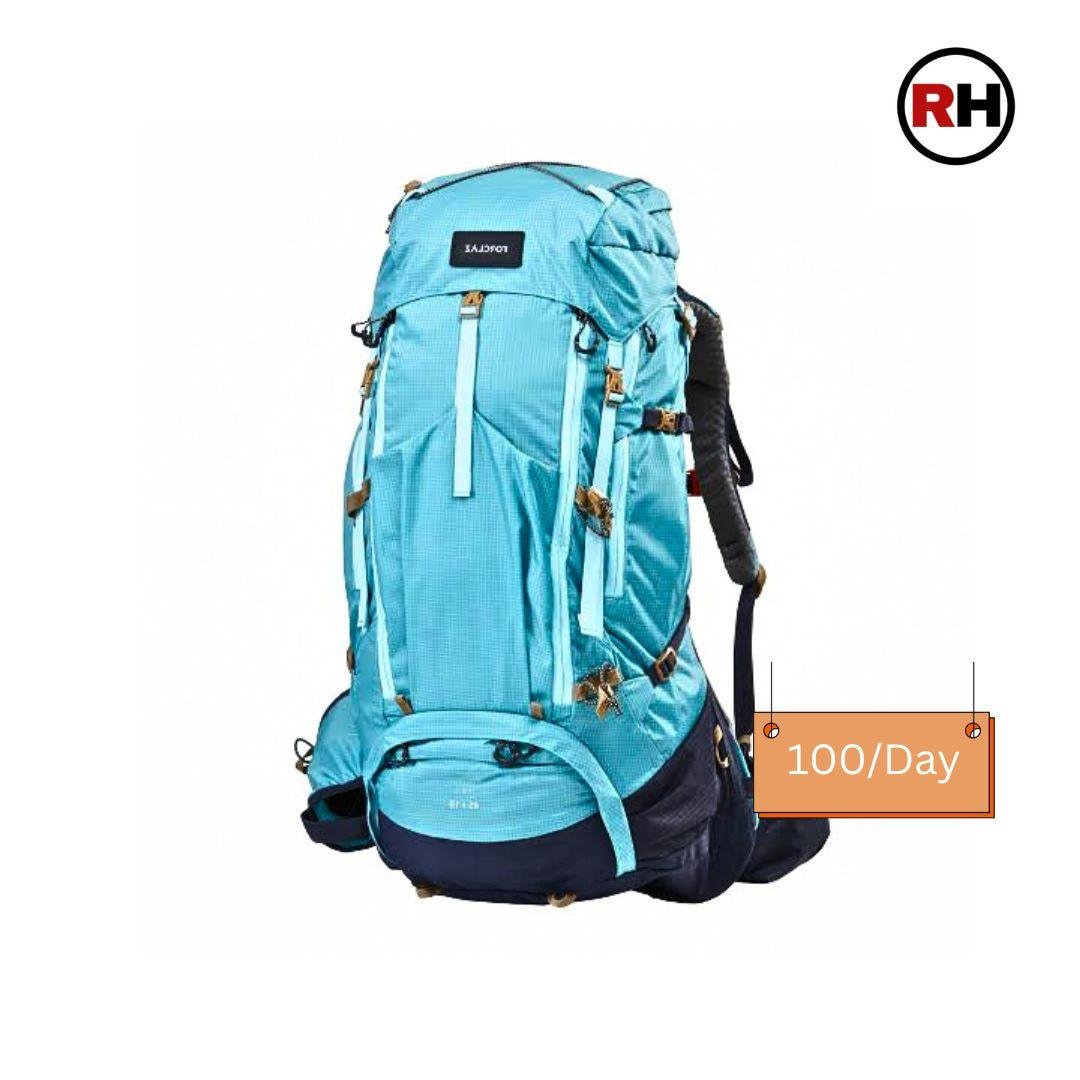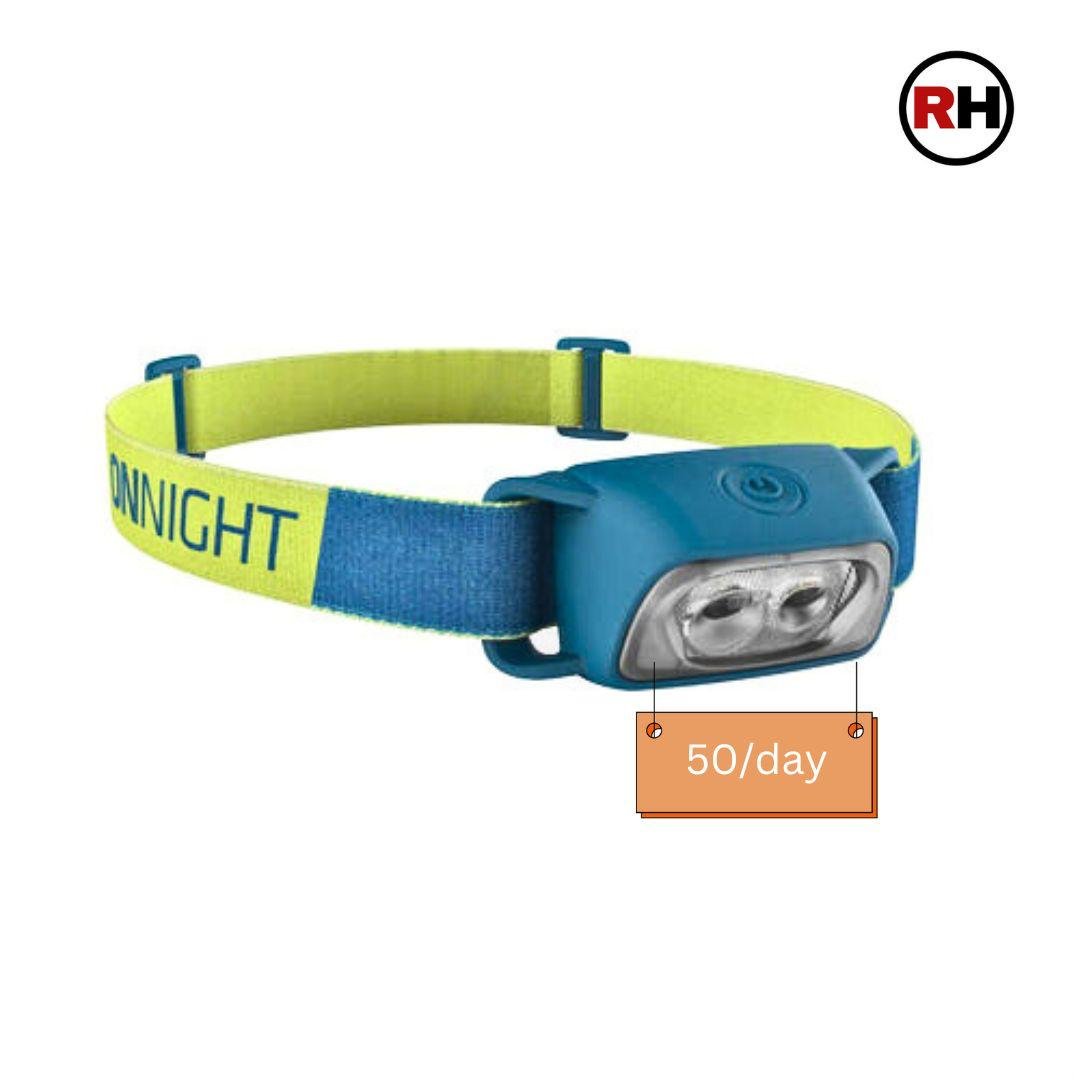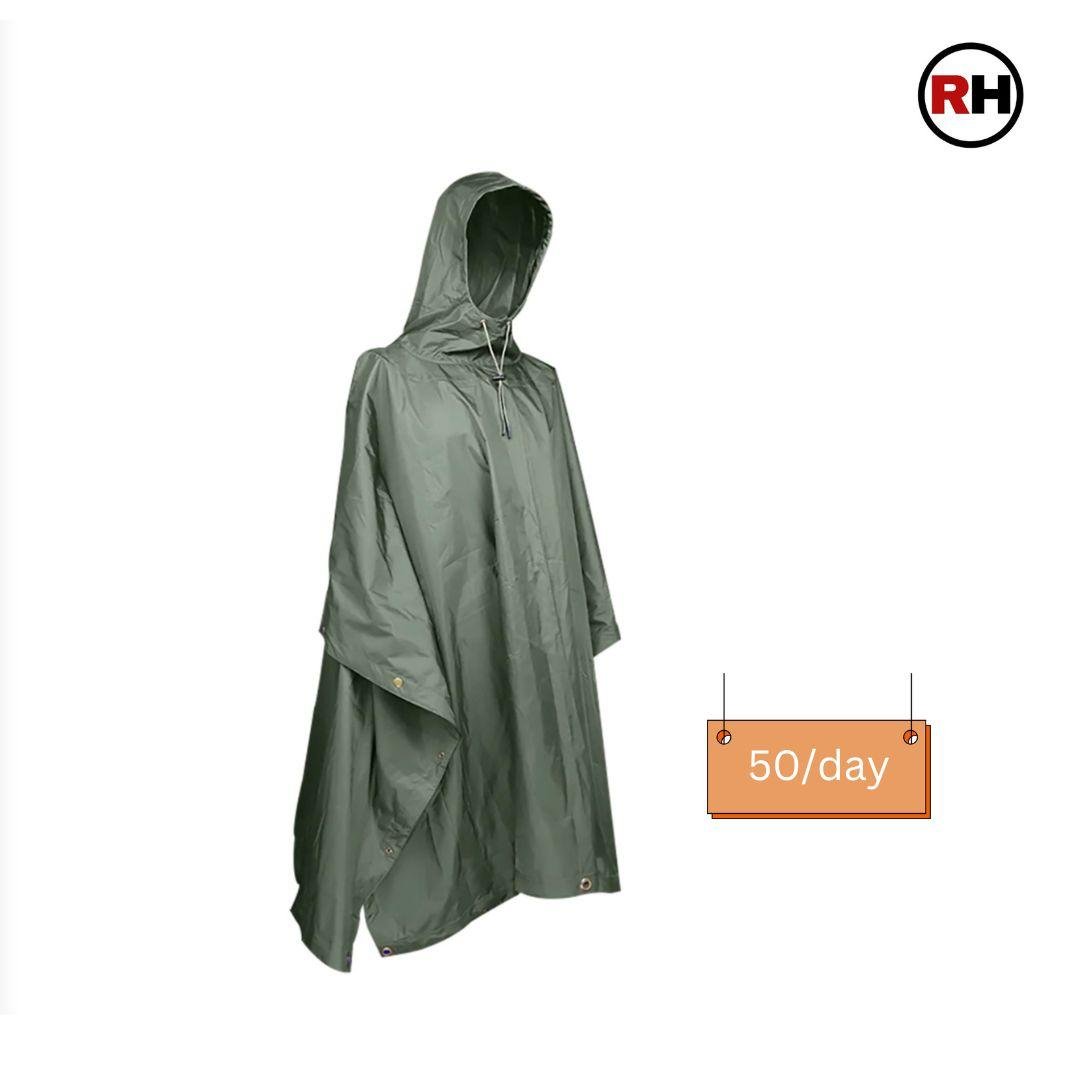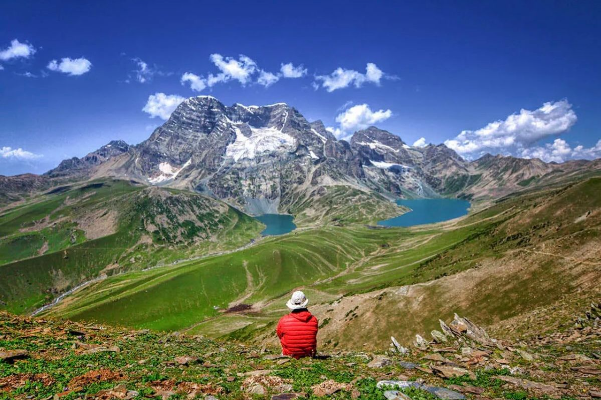Kauri Paas trek
Join us for a beautiful Journey to the mountains
Trek Grade
Easy-Moderate
Highest Altitute
12,140 ft/3700 m
Best Season
Mid Nov - March
Trek Duration
5 Night | 6 Days
Trekking Km
22 Km
Stays
Hotel/Camp
transport
Rishikiesh-Rishikiesh
trek region
Uttarakhand
Base camp
Joshimath
Meals
veg meal/egg
Trek Grade
Easy to Moderate
Highest Altitute
12,140 ft/3700 m
Trek Duration
5 Night | 6 Days
Base camp
Joshimath
Meals
veg meal/egg
Stays
Hotel/Camp
transport
Rishikesh
trek region
Uttarakhand
Trekking Km
22 Km
Trek Grade
Easy to Moderate
Highest Altitute
15,000 feet
Base camp
Rishikesh
Trek Duration
3D | 2N
Stays
Meals
transport
activities
How to Reach
Trek Grade
Trek Grade
Trek Grade
Trek Grade
Trek Grade
Overview
Kuari Pass is truly a paradise for mountain enthusiasts, offering a boundless panorama of India’s mightiest peaks
right from the outset. From day one, trekkers are treated to unparalleled views, including the crystal-clear visage
of Mt. Nanda Devi, the highest peak in India. Kuari Pass, also known as the Lord Curzon Trail, offers mesmerizing
views of snow-capped peaks, lush meadows, dense forests, and pristine alpine lakes.
The route is adorned with diverse flora and fauna, making it a paradise for nature enthusiasts and photographers alike. Beyond its awe-inspiring vistas, Kuari Pass stands out as a trek of near-perfection. Journeying through ancient
forests adorned with majestic oaks and vibrant rhododendrons, trekkers are enveloped in a tapestry of naturalwonders. As the trail winds on, the landscape seamlessly transitions into expansive meadows, captivating the
senses with its ever-changing beauty. This captivating interplay of diverse landscapes ensures that every
moment of the trek is filled with excitement and wonder.
Trek Highlights
The Kuari Pass trek is replete with captivating highlights that make it a cherished experience for trekkers. Here
are some of its key highlights:
- Scenic Beauty: The trail winds through diverse landscapes, from ancient forests teeming with oak and rhododendron trees to vast meadows adorned with colorful wildflowers. Each turn in the trail reveals a new facet of nature’s splendor, making it a visual feast for trekkers.
- Accessibility: The trek typically begins from Joshimath, a town in Chamoli district of Uttarakhand, accessible via road from major cities like Dehradun and Rishikesh. From Joshimath, trekkers ascend through picturesque villages, dense forests, and high-altitude meadows, eventually reaching Kuari Pass.
- Altitude: The Kuari Pass stands at an elevation of approximately 12,516 feet (3,820 meters) above sea level, providing breathtaking panoramic views of renowned peaks such as Nanda Devi, Kamet, Dronagiri, Trishul, Chaukhamba, and more.
- Cultural Immersion: Along the way, trekkers have the chance to interact with local villagers and experience their unique way of life. This cultural immersion adds depth to the trekking experience, offering insights into the rich traditions and customs of the region.
- Historical Significance: Kuari Pass has historical significance as it was once used as a trade route by the local shepherds and traders. Trekkers can explore the remnants of this ancient route, adding a layer of historical intrigue to their journey.
- Sunrise and Sunset Views:The vantage points along the trek offer stunning views of sunrise and sunset against the backdrop of the snow-capped peaks. These magical moments are perfect for capturing unforgettable memories and experiencing the serenity of the mountains.
- Challenging Yet Accessible: While the trek presents its share of challenges, including steep ascents and descents, it is suitable for both beginners and experienced trekkers. With proper preparation and guidance, trekkers of all levels can conquer this iconic trail.
Trekking Itinerary
Day 1 Rishikesh to Joshimath
(250 km Drive, 9-10 hrs approx)
Rishikesh to Joshimath
(250 km Drive, 9-10 hrs approx)- Stay : Overnight stay at the Guest House in Joshimath
- Meal : Tea snacks, Dinner.
- Altitude : Joshimath (6150 ft)
- Distance : By Road 250 kms
- Time Taken : By Road 9-10 hrs approx.
- Trek Grade : By Road
Our adventure together commences right in the heart of Rishikesh, where we’ll set off on an awe-inspiring journey along the renowned Badrinath Road. Though the drive to Pipalkoti spans a substantial 9 hours, fear not, for the captivating vistas that unfold along the way will keep you utterly engaged and enthralled from start to finish. As we gradually ascend, the ever-majestic river that accompanies us on this journey will steadily transform, its once serene waters evolving into a turbulent and spellbinding spectacle. Prepare to be enchanted as we traverse through four of the five sacred confluences of the Ganga–Devprayag, Rudraprayag, Karna-prayag, and Nand Prayag-each offering an abundance of opportunities for both photography and profound, unforgettable experiences. So, with eager anticipation, keep those eyes peeled and your cameras poised to capture every ounce of the divine beauty that awaits us on this remarkable pilgrimage.
Day 2 Joshimath to Dhak By Drive and to Gulling top by Trek
(12 km Drive 1 hrs approx), (4 km trek 5 hrs)
Joshimath to Dhak By Drive and to Gulling top by Trek
(12 km Drive 1 hrs approx), (4 km trek 5 hrs)- Stay: Overnight stay at the camp at gulling top
- Meal: breakfast, lunch, evening tea snacks, soup and dinner.
- Altitude: Gulling(9,600 ft)
- Distance: By Road 12 km and by Trek 4 km
- Time Taken: Drive 1 hrs approx and by trek 4-5 hrs approx
- Trek Grade: Easy to modrate
Day 3 Trek from Gulling Top to Khullara Campsite
(4km Trek , 4-5 hrs approx)
Trek from Gulling Top to Khullara Campsite
(4km Trek , 4-5 hrs approx)- Stay: Overnight stay at the camp at khullara
- Meal: lunch, evening snacks, shup and dinner and breakfast
- Altitude: khullara (11,000 ft).
- Distance: By Trek 4 km
- Time Taken: By Trek 4-5 hrs approx.
- Trek Grade: Gradual
Day 4 Trek to Kuari Pass via Khullara Top and return to Khullara
(9-10 km Trek 6-7 hr approx)
Trek to Kuari Pass via Khullara Top and return to Khullara
(9-10 km Trek 6-7 hr approx)- Stay: Overnight stay at the camp in khullara
- Meal: breakfast, packed lunch, snaks, soup and dinner.
- Altitude: khullara (12,140 ft).
- Distance: By Trek 9-10 kms
- Time Taken: By Trek 6-7 hrs approx.
- Trek Grade: Moderate
Day 5 Khulara to Joshimath
(9-10 km trek 6-7 hrs), (12 km drive 1 hrs approx)
Khulara to Joshimath
(9-10 km trek 6-7 hrs), (12 km drive 1 hrs approx)- Stay: Overnight stay at the Hotel in Joshimath
- Meal: snaks, soup and dinner.
- Altitude: Joshimath (6150 ft).
- Distance: By Trek 9 km. By Road 14 kms
- Time Taken: By Trek 6-7 hrs approx., By Road 1 hr
- Trek Grade: Easy-Moderate
Day 6 Drive back from Joshimath to Rishikesh
(250 km Drive, 9-10 hrs approx)
Drive back from Joshimath to Rishikesh
(250 km Drive, 9-10 hrs approx)- Meal: Tea/cookies
- Distance: By Drive 250km
- Time Taken: By Road 9-10 hrs approx.
- Trek Grade: Gradual
- Stay is included on all days of the trek (from Joshimath to Joshimath). You will be staying in Hotel on a Triple/quard sharing basis.
- Transport charges from Rishikesh to Joshimath and return.
- All meals from dinner at Joshimath on Day 1 and to tea cookies on Day 6 are included. Meals are simple, nutritious and vegetarian.
- First aid medical kits, oxygen cylinder and stretcher.
- All fuel charges, toll taxes and needed forest entry fees along with permits.
- Mountaineering qualified and professional trek leader, guide, cook and support staff.
- GST 5% (it is Mandatory)
- Any emergency evacuation charges
- Any services that are not mentioned in the cost inclusion section.
- Any Meals/accommodation beside the itinerary or not mentioned in the program.
- Mules or porters to carry personal luggage.
Best time to do trek:
- This period offers clear skies, stunning autumn foliage, and pleasant weather, making it ideal for trekking.
- Springtime provides blooming rhododendrons and clear views of the Himalayan peaks. The temperatures are mild, making for a comfortable trek.
Both seasons provide a good chance to enjoy the beautiful landscapes and unique flora and fauna of the region. Just be sure to check the weather and trail conditions before you go
How to Reach?
- By Bus: From Delhi, a regular bus service operates to Rishikesh. The main bus station in Delhi is ISBT Kashmere Gate, offering both AC and non-AC buses for the journey to Rishikesh.
- By Train: To reach Rishikesh from Delhi by train, you’ll first need to travel to Haridwar. From there, you can take a bus to Rishikesh, which is 35 km away. Haridwar serves as a major railway junction connecting Delhi to Rishikesh.
- By Air: The closest airport to reach Rishikesh by flight is Jolly Grant Airport, located approximately 25 km from the city. Regular flights from Delhi to Rishikesh are available. If you plan to arrive by flight, it’s advisable to schedule your arrival one day in advance.
What to Pack?
As a trekking, adventure, and travel company, we often receive inquiries from our trekkers, and one of the most frequent questions is about what to pack for the trek. Sometimes, it can be challenging to provide detailed explanations, so we’ve compiled a comprehensive packing list that will be beneficial for all trekkers heading to the Himalayas. When preparing for a trek and organizing your gear, it’s helpful to follow a systematic approach. You can start either from head to foot or foot to head, ensuring you cover all essentials and minimize the risk of forgetting important items. So, take it step by step and pack accordingly.
Footwear and Backpack
✅Trekking shoes with ankle support
✅Backpack with rain cover
✅Daypack with rain cover
Warm Layers and Clothing
✅Warm layers (Padded jackets )
✅3 layers for spring, summer, and monsoon treks (1 woolen sweater, 1 fleece, 1 padded jacket)
✅4 layers for autumn treks (1 woolen sweater, 2 fleece, 1 padded jacket)
✅5 layers for winter treks (1 pair of thermals, 1 woolen sweater, 2 fleece, 1 padded jacket)
✅3 Collared T-shirts (Wear one, carry two)
✅2 quick-dry trek pants (Wear one, carry one)
Accessories
✅Sunglasses
✅Sun cap, preferably with flaps
✅Waterproof gloves
✅Balaclava
✅Woolen socks (2-3 pairs od Dry + 1 pair of Woolen))
✅Headlamp
✅Trekking pole
✅Rain Jacket + pants/poncho
Toiletries
✅Suncreen
✅Moisturizer
✅Light towel
✅Lip balm or vaseline
✅Toilet paper (wet wipes are strictly not allowed on our treks)
✅Toothbrush
✅Toothpaste
✅Reusable plastic covers (for used clothes)
✅Trash bags (Carry out all your waste and leave no trace behind)
What to Pack?
As a trekking, adventure, and travel company, we often receive inquiries from our trekkers, and one of the most frequent questions is about what to pack for the trek. Sometimes, it can be challenging to provide detailed explanations, so we’ve compiled a comprehensive packing list that will be beneficial for all trekkers heading to the Himalayas. When preparing for a trek and organizing your gear, it’s helpful to follow a systematic approach. You can start either from head to foot or foot to head, ensuring you cover all essentials and minimize the risk of forgetting important items. So, take it step by step and pack accordingly.
- Footwear and Backpack
- Trekking shoes with ankle support
- Backpack with rain cover
- Daypack with rain cover
- Warm Layers and Clothing
- Warm layers (Padded jackets )
- 3 layers for spring, summer, and monsoon treks (1 woolen sweater, 1 fleece, 1 padded jacket)
- 4 layers for autumn treks (1 woolen sweater, 2 fleece, 1 padded jacket)
- 5 layers for winter treks (1 pair of thermals, 1 woolen sweater, 2 fleece, 1 padded jacket)
- 3 Collared T-shirts (Wear one, carry two)
- 2 quick-dry trek pants (Wear one, carry one)
- Accessories
- Sunglasses
- Sun cap, preferably with flaps
- Waterproof gloves
- Balaclava
- Woolen socks (2-3 pairs od Dry + 1 pair of Woolen))
- Headlamp
- Trekking pole
- Rain Jacket + pants/poncho
- Toiletries
- Suncreen
- Moisturizer
- Light towel
- Lip balm or vaseline
- Toilet paper (wet wipes are strictly not allowed on our treks)
- Toothbrush
- Toothpaste
- Reusable plastic covers (for used clothes)
- Trash bags (Carry out all your waste and leave no trace behind)
Frequently Asked Questions
Get all your questions answered here
When is the best time to do the Valley of Flowers Trek?
The best time to do the Valley of flower Trek is July to mid-September offers the best window of opportunity to experience the Valley of flower Trek with favorable weather conditions, stunning landscapes, and safer trekking conditions. During this time, the weather is generally pleasant and favorable for trekking. Days are mostly sunny with clear skies, and temperatures range from mild to moderately cool, making it comfortable for Trekking. Roads leading to the base camp of the trek are generally accessible during this time, facilitating easier travel to and from the starting point of the trek.
Is prior trekking experience required for the Valley of Flowers Trek?
While prior trekking experience is not mandatory, it is recommended to have a basic level of fitness and stamina. The Valley of Flowers Trek is considered an easy to moderate trek, making it suitable for beginners. With proper preparation, guidance, and a positive mindset, even first-time trekkers can comfortably complete the journey and enjoy the breathtaking beauty of the valley.
How difficult is the Valley of Flowers Trek?
The Valley of Flowers Trek is generally considered easy to moderate in terms of difficulty. It doesn’t involve technical climbing, but trekkers should be prepared for long walks, gradual ascents, and occasional steep sections, especially on the way to Hemkund Sahib. The trail can be tiring due to the altitude and changing weather, but it remains manageable for most people with basic fitness. With proper preparation, even beginners can comfortably complete the trek and enjoy the stunning scenery.
What is the duration and how long is the Valley of Flowers Trek?
The Valley of Flowers Trek typically takes around 5 to 6 days to complete, including travel time to and from the base location (usually Rishikesh or Haridwar), as well as the trekking days. The actual trekking distance is approximately 38 to 40 kilometers, spread over several days. The trek includes walking from Govindghat to Ghangaria, and day hikes to the Valley of Flowers and Hemkund Sahib. The trail passes through scenic landscapes, including alpine forests, rivers, and vast flower-filled meadows, reaching a maximum altitude of around 14,100 feet (4,300 meters) at Hemkund Sahib.
Will there be electricity at the campsites on the trek?
Unlike some high-altitude treks that involve camping, the Valley of Flowers Trek includes stays in hotels or guesthouses at locations like Govindghat, Ghangaria, and Joshimath. These accommodations typically have electricity, so you will have the option to charge your phone or camera batteries each day. However, occasional power outages can happen in remote areas, so it’s still a good idea to carry a power bank or spare batteries as a backup.
Is Valley of Flowers Trek safe?
The Valley of Flowers Trek is renowned for its safety and accessibility, particularly during the window from mid-June to mid-September, when the region is in full bloom and ideal for trekking. It stands out as one of the safest high-altitude treks in India. While there are a few mildly challenging sections along the trail, such as occasional steep ascents and slippery paths during rains, the overall terrain is manageable and poses minimal risks.
Is a mobile network available on the Valley of Flowers Trek?
While on the Valley of Flowers Trek, mobile network connectivity is limited. You may get some signal in Govindghat and Ghangaria, depending on your service provider—BSNL tends to have the most coverage in the region. However, once you enter the valley or head towards Hemkund Sahib, the network is usually unavailable. It’s a good idea to inform your family and friends in advance about the limited connectivity. Sharing the contact details of your trek coordinator can also help ensure important updates are communicated when needed.
Trek cost
Joshimath to Joshimath
Add ons
Total: ₹

What our Clients Say About Us






Recommended Trips
Make the most of your weekend with a trek into nature


